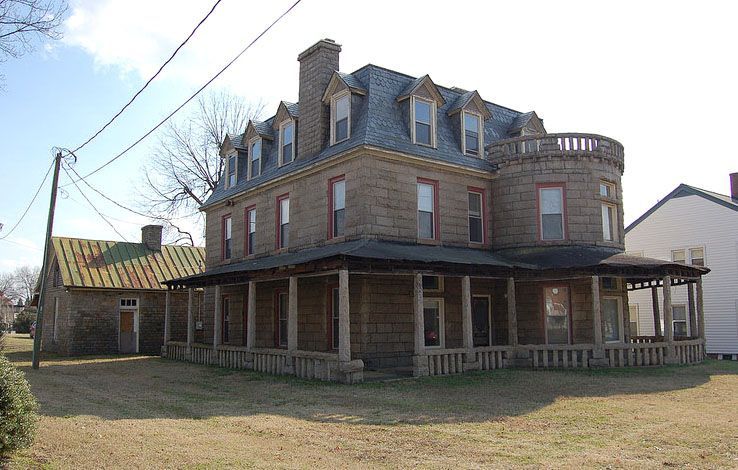McCanless house now on National Register
Published 12:00 am Thursday, August 21, 2014
The North Carolina Department of Cultural Resources is pleased to announce that 12 individual properties and districts across the state have been added to the National Register of Historic Places. The properties were reviewed by the North Carolina National Register Advisory Committee and were subsequently approved by the North Carolina State Historic Preservation Officer and forwarded to the Keeper of the National Register.
In Salisbury, the Napoleon Bonaparte McCanless House, in the block of South Main Street, was listed May 23.
Napoleon Bonaparte McCanless was important in the economic and business history of Salisbury at the turn of the 20th century. In partnerships and individually he invested in an extraordinary number of ventures in industry and commerce between the late 1890s and 1917, when he died.
McCanless was the owner of a local granite business and was involved with banking, a cotton mill, mining, hotels, real estate development, transportation and the development of community infrastructure. The granite, Second Empire-style house was his home after 1897 and is the building most directly associated with him.
“The National Register is a vital tool in the preservation of North Carolina’s historic resources,” said Susan Kluttz, Secretary of the North Carolina Department of Cultural Resources and former mayor of Salisbury. “North Carolina is a leader in the nation’s historic preservation movement. When all of the buildings in historic districts classified as contributing to the districts’ significance are counted, it is estimated that North Carolina has approximately 73,300 National Register properties.”
“The textile industry shaped many of our downtowns, and it’s clear that our country values that manufacturing and industry history,” Governor Pat McCrory said. “Districts and properties such as these contribute to tourism in our state, and the vast array of revival-style houses the Register has chosen to recognize show off even more of the culture and beauty that North Carolina has to offer.”
The listing of a property in the National Register places no obligation or restriction on a private owner using private resources to maintain or alter the property. Over the years, various federal and state incentives have been introduced to assist private preservation initiatives, including tax credits for the rehabilitation of National Register properties. As of Jan. 1, 2014, 3,000 rehabilitation projects with total estimated expenditures of $1.7 billion have been completed.






